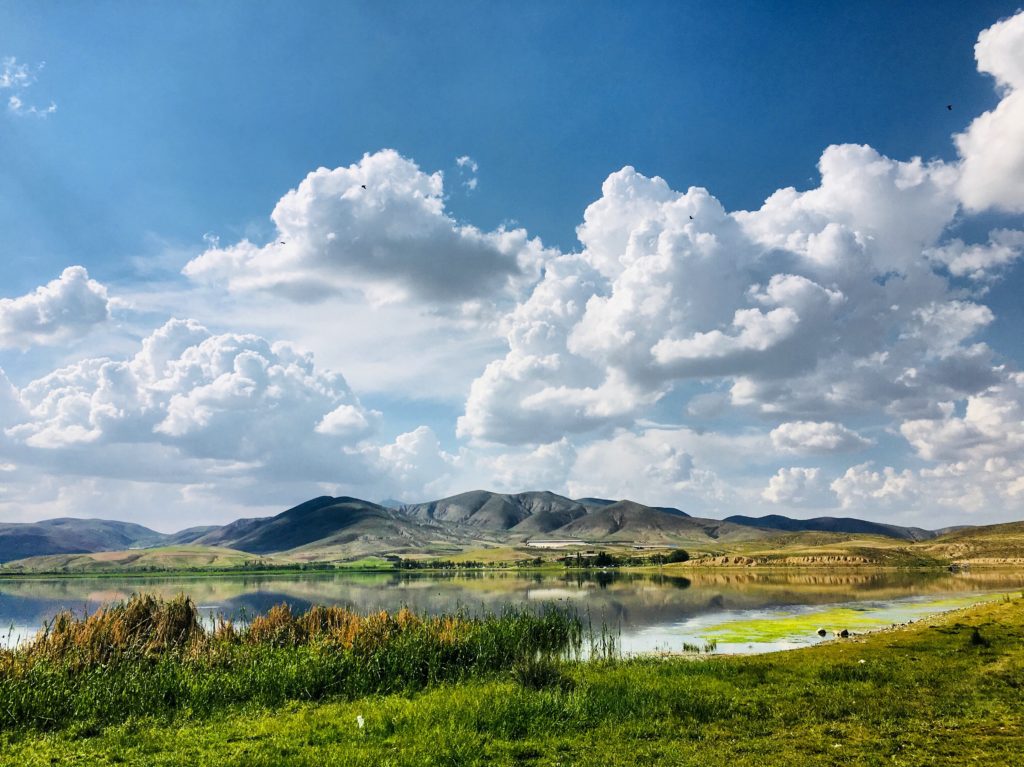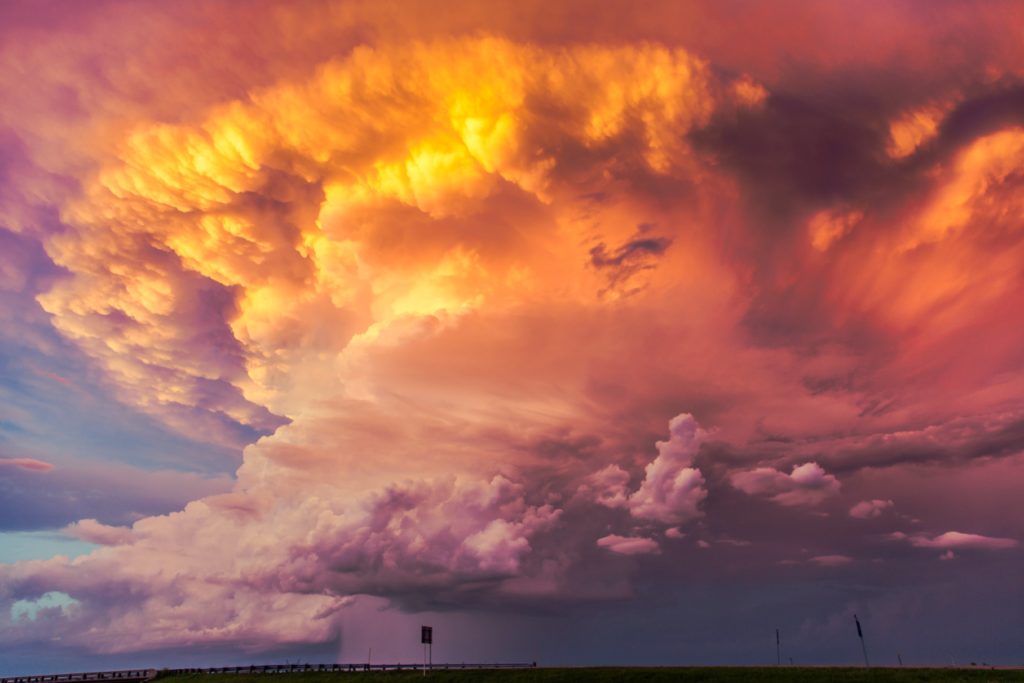There is often confusion between weather and climate. Weather refers to the atmospheric conditions over a short period of time, while climate is the average weather of a specific region over a long period of time. Climate change refers to any significant change in the measures of climate lasting for an extended period of time.
Changes in weather can be caused by many things, including changes in the sun’s intensity, volcanic eruptions, and El Niño events. Climate change, on the other hand, is caused by long-term trends in these and other factors. For example, increasing greenhouse gas emissions from human activity are causing the Earth’s atmosphere to trap more heat, resulting in global warming.
Weather & Climate
While weather can fluctuate wildly from day to day or even hour to hour, climate change happens slowly over many years. This can make it difficult to notice the effects of climate change in our daily lives. However, scientists are able to measure the effects of climate change by looking at long-term trends in temperature, precipitation, sea level, and other factors.
Weather
Weather is affected by temperature, pressure, humidity, cloudiness, and precipitation. These conditions are all measures of the current state of the atmosphere. The most important factor in determining weather is temperature. Temperature determines how much energy is in the atmosphere, which drives atmospheric circulation (the large-scale movement of air around the planet).
The other main factors that affect weather are pressure, humidity, cloudiness, and precipitation. Pressure is a measure of the weight of the atmosphere. It affects air density, which influences wind speed. Humidity is a measure of how much water vapor is in the air. Cloudiness is a measure of how many clouds there are in the sky. Precipitation is any form of water, such as rain, snow, or sleet, that falls from the atmosphere to the surface.
Climate

Climate on the other hand is the average weather of a specific region over a long period of time. Climate is measured by looking at long-term trends in temperature, precipitation, sea level, and other factors. The most important factor in determining climate is temperature.
Climate Change
The Earth’s climate is always changing, but human activity is causing it to change more rapidly than ever before. This is a cause for concern because climate change can have a number of negative impacts on the environment and human health. For example, rising temperatures and changes in precipitation patterns can lead to more extreme weather events such as floods and droughts. Climate change can also cause problems for plant and animal species that are struggling to adapt to new conditions.
While there is still some debate among scientists about the exact causes of climate change, the vast majority of experts agree that human activity is the primary driver. This is evident in the fact that the Earth has been warming at an accelerated rate since the industrial revolution. The release of greenhouse gases such as carbon dioxide into the atmosphere has trap more heat, leading to an increase in global temperatures.
Mitigating Climate Change
One way to mitigate climate change is by reducing our reliance on fossil fuels such as coal and oil. This can be done by using more renewable energy sources such as solar and wind power. Another way to reduce our impact on the environment is to make changes in our daily lives, such as recycling and using less water.

Greenhouse Gas Emissions
A major cause of climate change is the emission of greenhouse gases. Greenhouse gases are gases that trap heat in the atmosphere, causing the Earth to warm. The most common greenhouse gas is carbon dioxide, which is released when we burn fossil fuels such as coal and oil. Other greenhouse gases include methane, water vapor, and nitrous oxide.
Fossil Fuels
Fossil fuels are a major source of greenhouse gas emissions. Coal, oil, and natural gas are all forms of fossil fuel. When we burn fossil fuels for energy, it releases carbon dioxide into the atmosphere. Burning fossil fuels is the primary way that humans have contributed to climate change.
Renewable Energy
Renewable energy is a clean and sustainable alternative to fossil fuels. Solar, wind, and hydro power are all forms of renewable energy. These energy sources do not release greenhouse gases into the atmosphere, making them much better for the environment.

